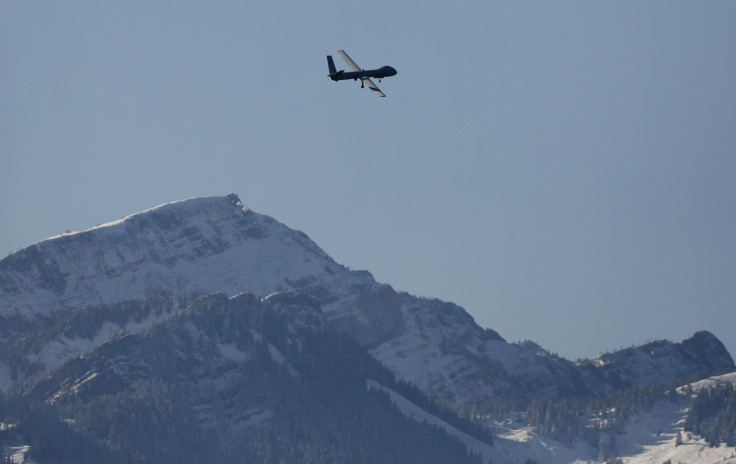US Air Force could soon fly MIT's near-supersonic rocket drones
The vehicle is built out of titanium through 3D printing.

Researchers at MIT AeroAstro Labs are working on a unique type of drone – a 3D-printed rocket UAV - that would launch from a fighter jet and achieve near-supersonic speeds.
The drone, dubbed Firefly, looks like a small blimp and is aimed at collecting useful data while distracting enemies, according to a report in Popular Mechanics. The vehicle is made out of titanium through 3D printing and will achieve speeds of around 990kmph for two to five minutes with a profile matching the USAF's requirement -- no more than 2.5-inches wide and 17-inches long.
Initially, the size and unique launch specifications of the UAV posed problems for the MIT team. "There was no vehicle with this speed, at this size that could deploy off an aircraft," John Hansman, MIT professor of aeronautics and astronautics, told Aviation Week.
The researchers even had problems in picking an appropriate propulsion system for the vehicle. "It is too small for a turbine and too fast for electric, while a pulse-jet presents thermal problems."
Ultimately, they settled for a scaled-down rocket motor to build the drone. However, in order to achieve the required speeds for three to five minutes, the team had to ensure that the motor runs for as long as possible and maximises endurance. A conventional rocket, on the other hand, burns up within a matter of seconds.
So, the idea was to mix ammonium perchlorate propellant with an oxamide inhibitor to control the burn-rate. This ensures that the rocket delivers sufficient power to propel the drone at required speeds for up to three minutes. "We use this burn-rate suppressant that cools the flame and changes the flame structure so that it burns slower," doctoral candidate Tony Tao told MIT News.
The top half of the drone accommodates all the avionics and flight control systems, while the bottom half carries the rocket motor, which would burn from rear end forward rather than inside out.
As the rocket motor runs, the exhaust from combustion will be released from a graphite/ceramic nozzle. The team has also installed an insulating layer to keep internal electronics of the vehicle safe from the excessive heat generated in the process.
The drone is still far from taking to the skies. The engines have been printed and tested in partial burns, but it could still be a year or more before the first test flight is successfully conducted.





















